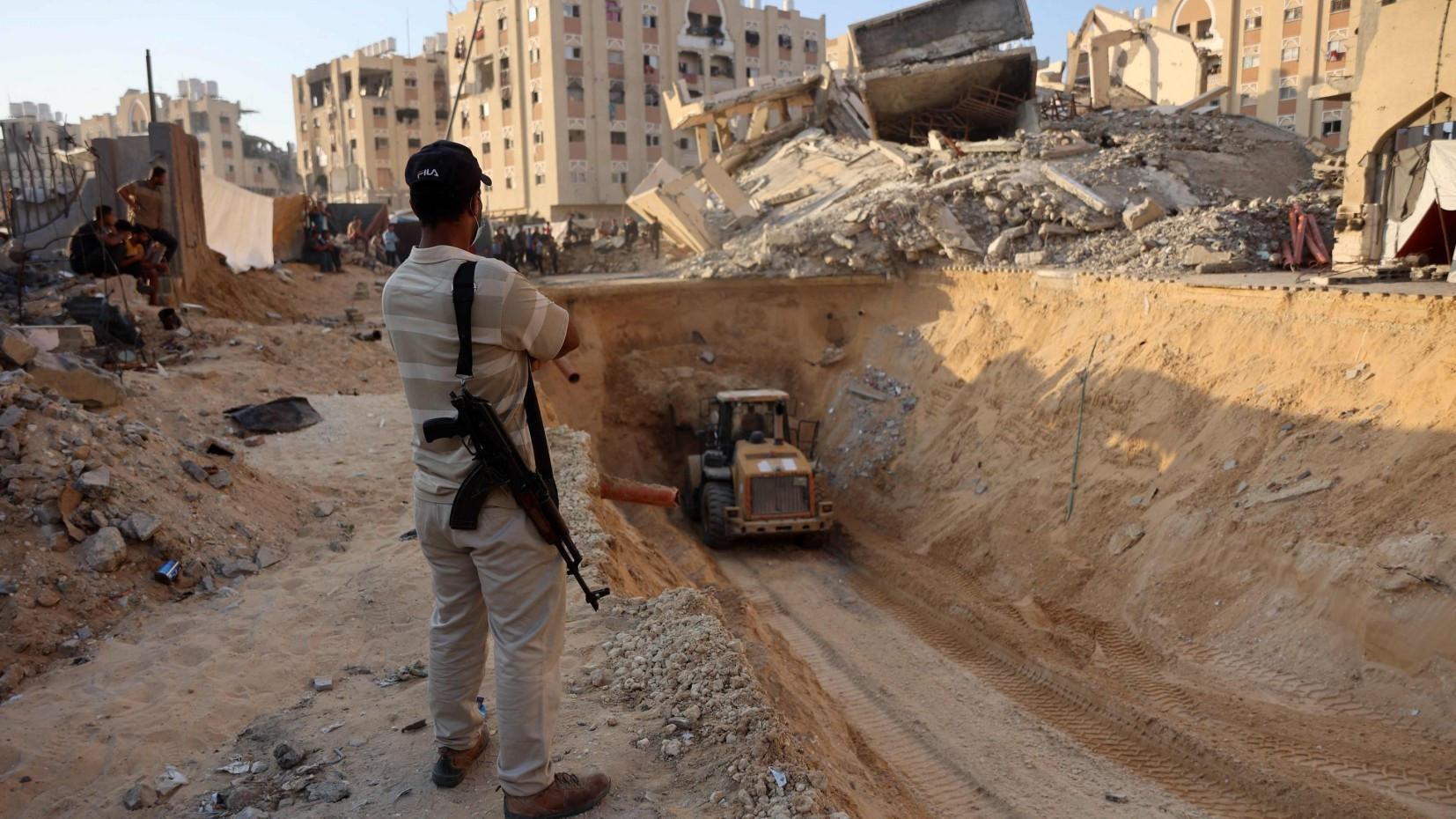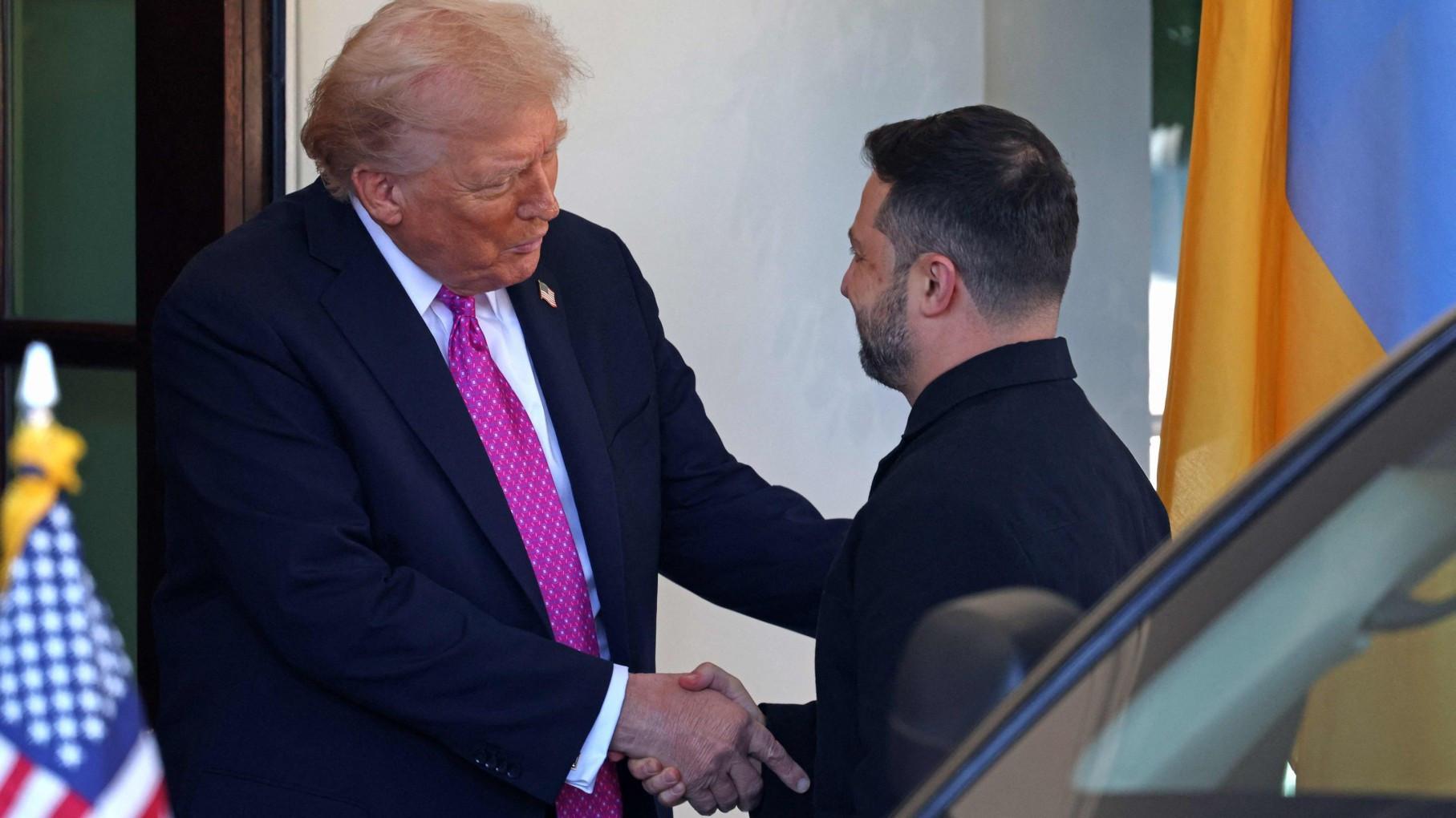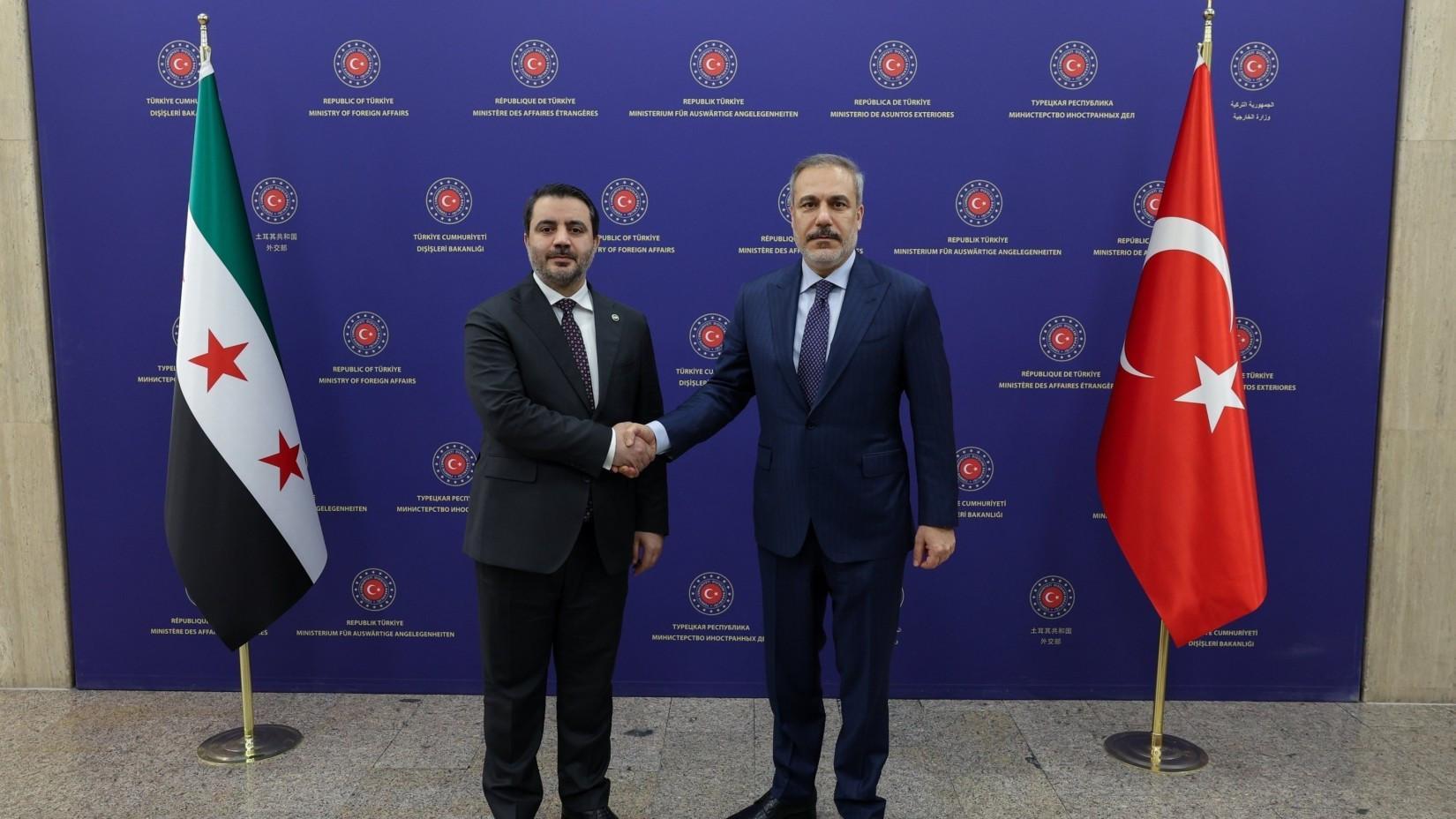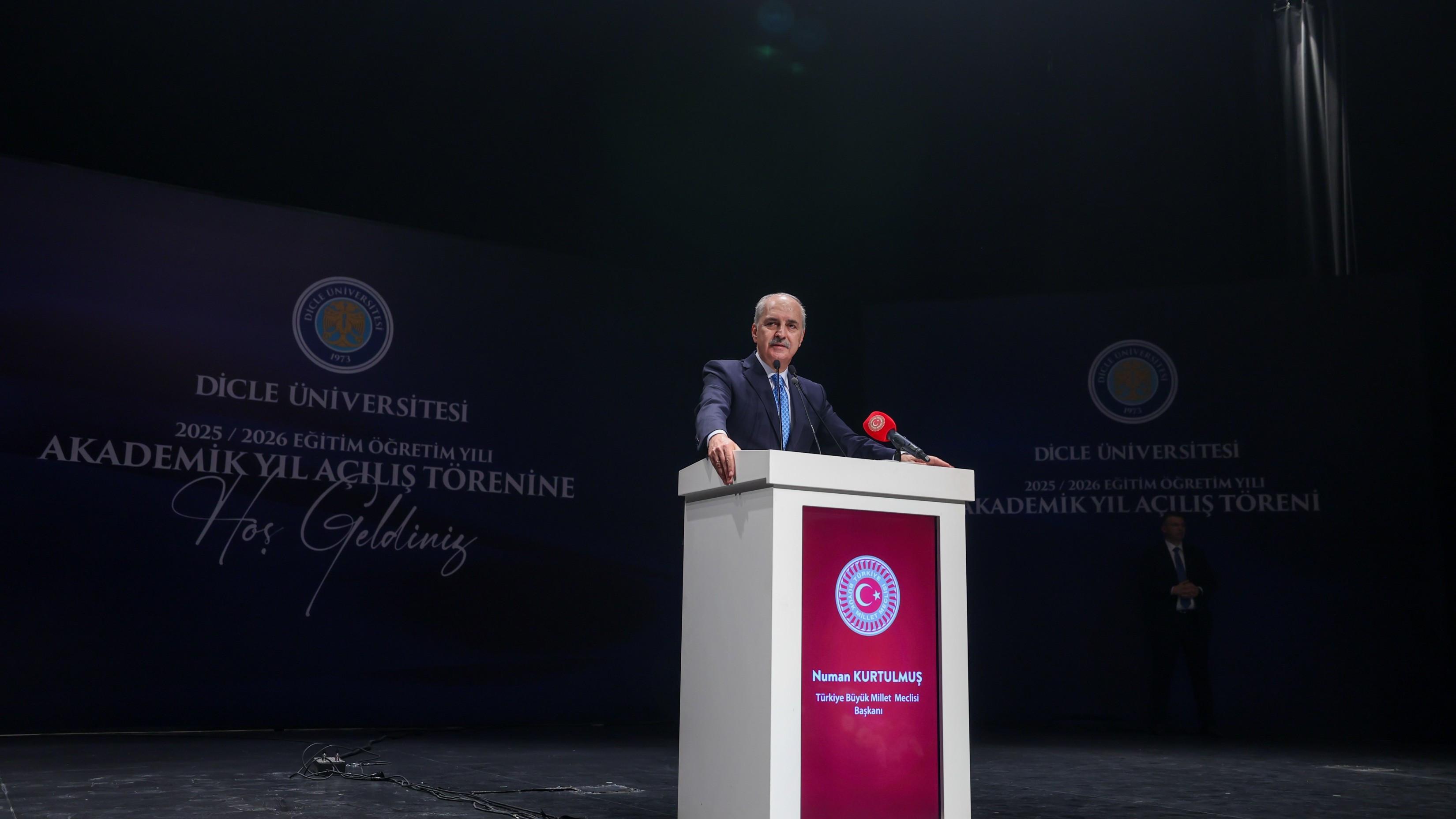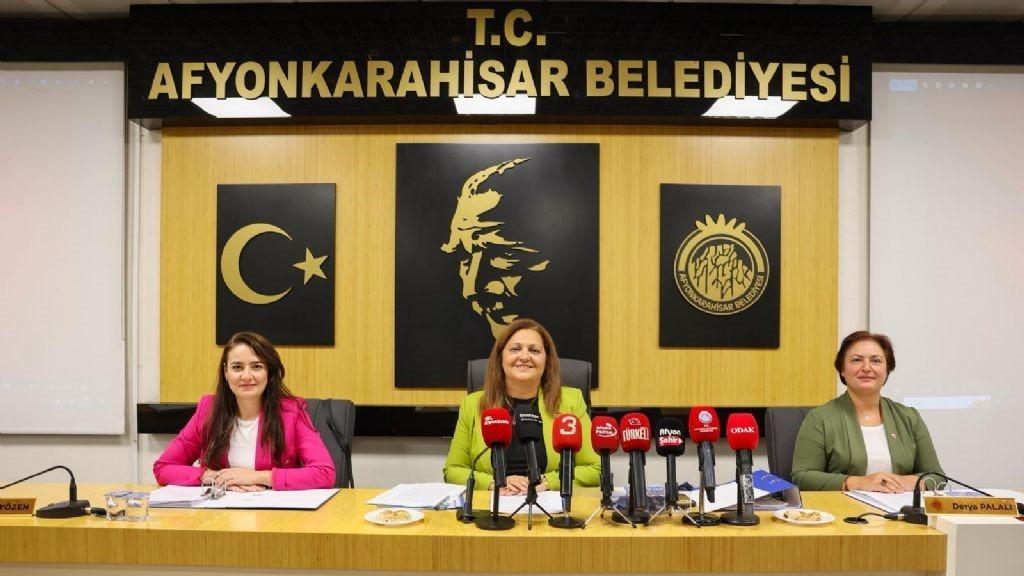Rescue dig in Mardin reveals 1,500-year-old mosaic floor
MARDİN
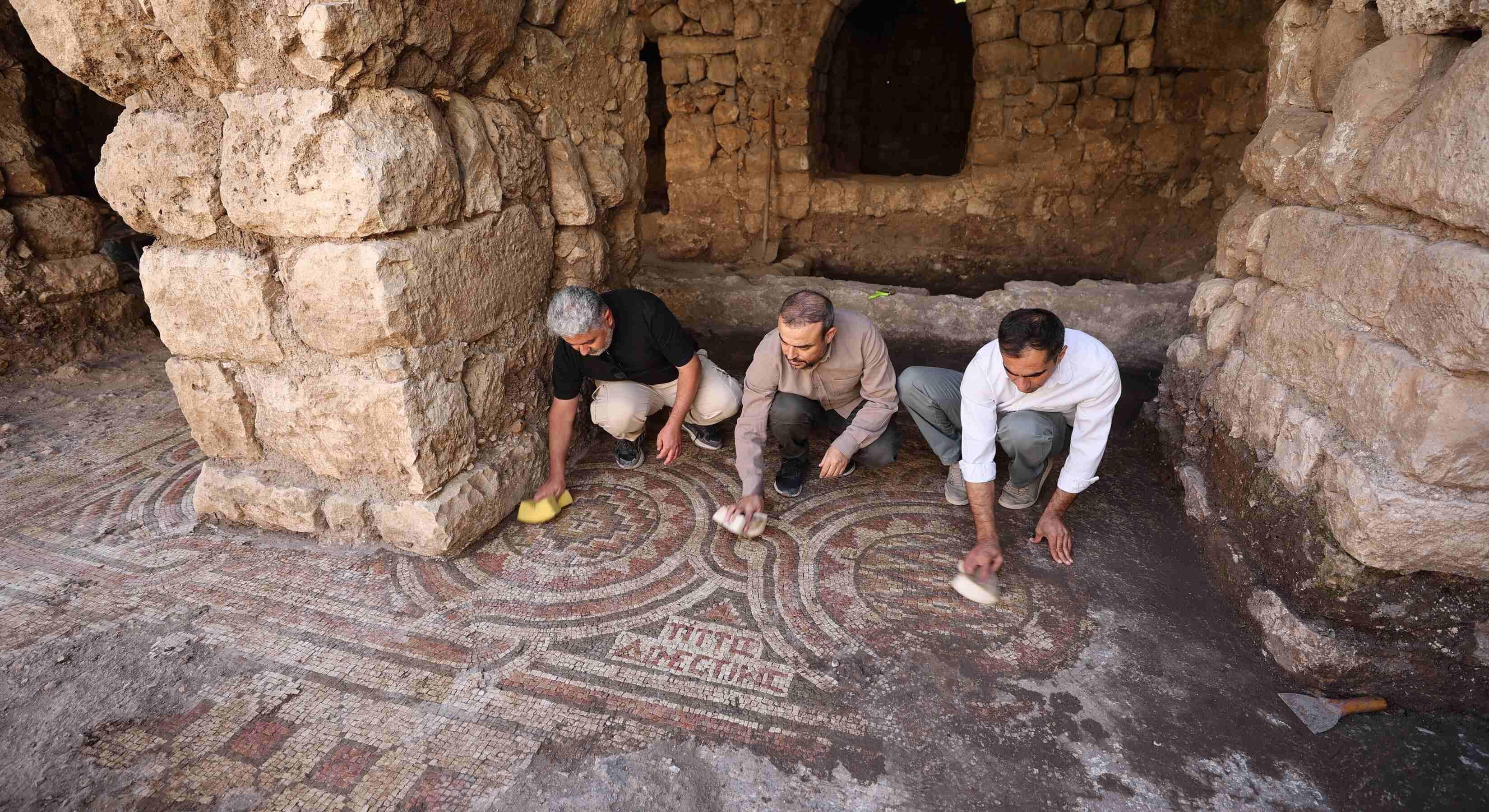
A mosaic estimated to be around 1,500 years old has been discovered on the floor of a historic mill during cleaning work in the southeastern province of Mardin's Midyat district.
A project was launched to bring the abandoned mill, located on private property in the picnic area of Beyazsu in the Sivrice neighborhood of the Çağçağ Stream Valley — a region between the districts of Midyat and Nusaybin known for its many ancient fortresses, caravanserais and archaeological sites — into tourism.
During cleaning works carried out by the property owners, a mosaic was found on the mill’s floor, prompting them to notify the Mardin Museum Directorate.
Following an inspection by the museum, work began to register the site, and a rescue excavation was approved with permission from the Culture and Tourism Ministry’s Directorate General of Cultural Heritage and Museums.
Under the supervision of Mardin Museum Director İdris Akgül, the rescue excavation supported by the property owner revealed mosaic floors in two sections inside the mill, featuring tiles in different colors.
The mosaics display geometric shapes such as squares, rectangles, circles and triangles, as well as wave, knot, cross and infinity motifs, along with an inscription reading “Tittos Domestikos.”
Akgül told state-run Anadolu Agency that they inspected the site following an application submitted by the property owner.
He said they identified a mosaic pavement on the floor of the historic mill during their initial examination.
“The mill seems to have been added in a later period, while the structure containing the mosaic dates back to an earlier time,” Akgül said.
“In the area labeled as Room 1, we found mostly geometric motifs. What made us happiest and most excited was the presence of an inscription on the mosaic. The inscription consists of two words — 'Tittos Domestikos.' 'Tittos' is a proper name, but 'Domestikos' is known in sources as more of a title. Individuals with this title were often officials serving in military or church institutions. We uncovered nearly 40 square meters of mosaic. The main panels contain medallions shaped like knots, and inside these medallions, we identified geometric patterns and motifs that can be described as cross symbols. Looking at the architectural remains, the space seems to extend toward other parcels. Although we cannot say for certain what it was at this stage, the inscription suggests that the structure belonged to a civil administrator.”
Akgül said they would gain clearer information about the structure after carrying out conservation work to preserve the artwork for future generations. He added that this was one of the first sites where they conducted direct excavations in this location, and they believe it will provide more reliable data for dating the region.
He thanked the property owners for informing the museum about the mosaic area, saying, “This is a business, a facility area. The owner has proposals to design the site and open it to visitors. There are also plans to exhibit the mosaic on-site after the necessary work is completed.”
Property owner Reşit Coşkun said they were cleaning the ruins of a historic water mill, which they believed to be about 150 years old, to make it suitable for tourism and commercial use.
During the work, they found remains that suggested the presence of a cultural asset beneath the surface.
“To avoid damaging the archaeological layer, we stopped the work and informed the Museum Directorate,” Coşkun said. “They promptly came to the site and conducted ground scans, discovering a mosaic. We had expected a history of 100–150 years, but it turned out that the area is much older, as revealed by the mosaics.”
Coşkun said they plan to prepare the necessary projects under the supervision of the ministry to bring the site into tourism, emphasizing that such places should be preserved as part of the country’s heritage.
“These sites are a legacy that must remain in our country and be integrated into tourism,” he said.
“Every citizen should act in this way. This place turned out to be much older than we expected. Finding a mosaic for the first time on the Midyat–Nusaybin line excited us greatly. I am sure it will make a significant contribution to both tourism and our country.”


